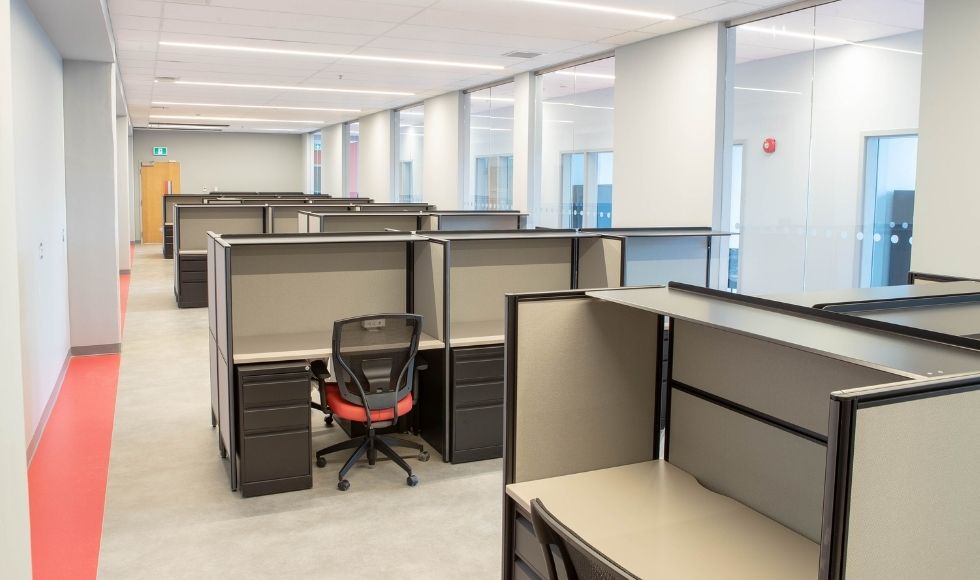Space Planning Tips

Note: On March 9th, McMaster announced that physical distancing will be encouraged at McMaster sites, but will no longer be required. This is consistent with distancing requirements within instructional spaces throughout the academic year.
Posted December 2nd 2021:
Facility Services has created a web page with tips to help set up office spaces for teams returning to in-person work, considering both physical distancing and hybrid work.
Check out the webpage on Space Planning Tips to find the following:
- Tips to help managers set up office space for teams, while thinking about physical distancingand hybrid work.
- Avideo with space planning tips for private offices, open office spaces, small and large meeting rooms, while maintaining physical distancing.
- An FAQ about furniture, office layouts, hotel station layouts and physical barriers (plexiglass).
For more information about COVID-19 safety measures like vaccination, masking, physical distancing, MacCheck screening, training, and more visit the Back to Mac website: Health & Safety.
Uncategorized
